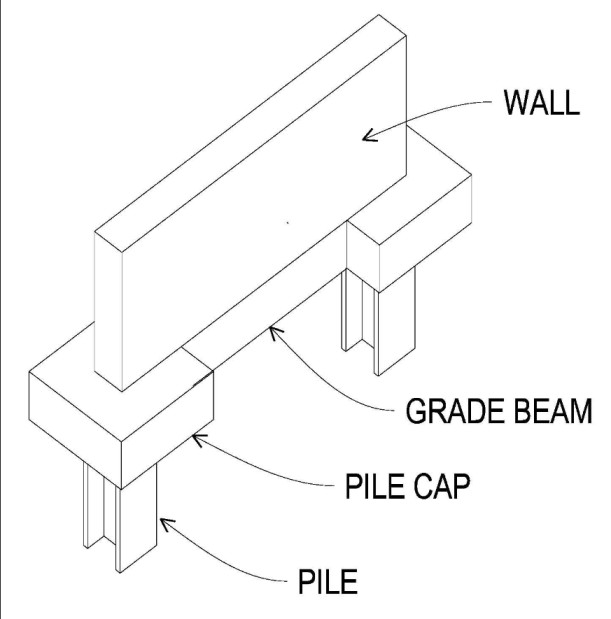
Aim:
The aim of this experiment is to determine the critical velocity in a pipe using the theory apparatus and to verify the relationship between the critical velocity and the diameter of the pipe.
Theory:
When fluid flows through a pipe, it experiences different types of flow regimes, including laminar flow, transition flow, and turbulent flow. The critical velocity is the velocity at which the transition from laminar to turbulent flow occurs. This transition is dependent on the,
Reynolds number, which is a dimensionless quantity that describes the flow regime. The critical Reynolds number for a pipe is approximately 2300.
Apparatus and material required :
1. A glass pipe with a diameter of 10 mm and a length of 2 m
2. A flow control valve
3. A pump
4. A manometer
5. A stopwatch
6. A thermometer
Procedure:
- Set up the apparatus.
- Fill the pipe with water at room temperature.
- Close the valve and start the pump.
- Gradually open the valve to increase the flow rate.
- Record the pressure difference across the pipe using the manometer.
- Measure the temperature of the water using the thermometer.
- Use the stopwatch to measure the time it takes for the water to flow a distance of 1 m.
- Repeat steps 4-7 for different flow rates, increasing the flow rate in increments of 0.1 L/min.
- Record the results in a table.
Results:
Using the Reynolds number formula, Re = (ρVD)/µ, where ρ is the density of the fluid, V is the velocity, D is the diameter of the pipe, and µ is the viscosity of the fluid, the Reynolds number was calculated for each flow rate.
Precautions:
- Ensure that the pipe is clean and free from any obstructions.
- Ensure that the flow control valve is properly calibrated and functioning correctly.
- Measure the temperature of the water accurately.
- Take multiple readings at each flow rate to ensure accuracy.
Conclusion:
In this experiment, the critical velocity in a pipe was determined using the theory apparatus. The critical velocity was found to be 0.49 m/s, which corresponds to a Reynolds number of 2300. This confirms the relationship between the critical velocity and the diameter of the
pipe, as predicted by theory. The experiment highlights the importance of understanding the different flow regimes in fluid mechanics and how they can be influenced by the diameter of the pipe and other factors.



